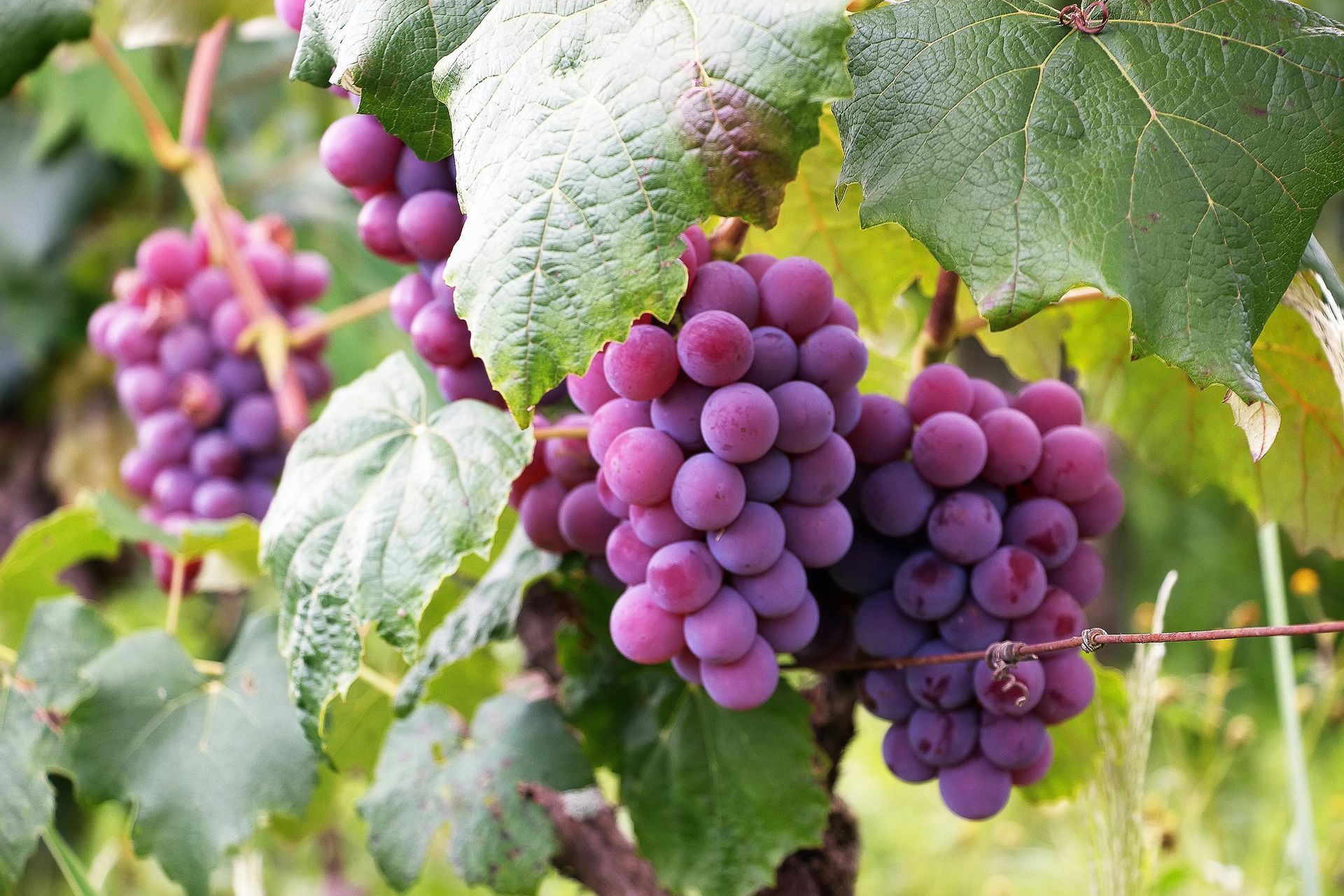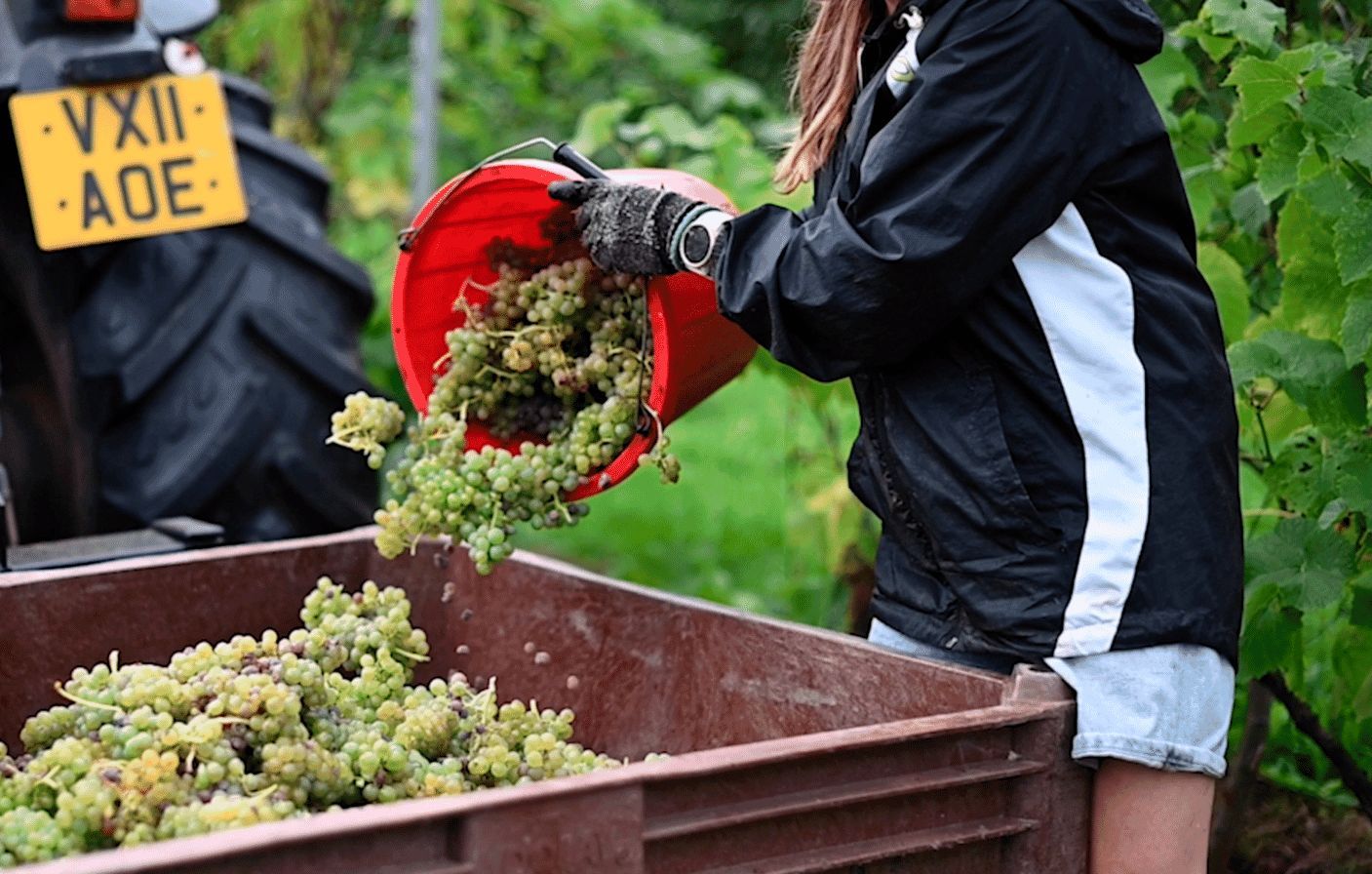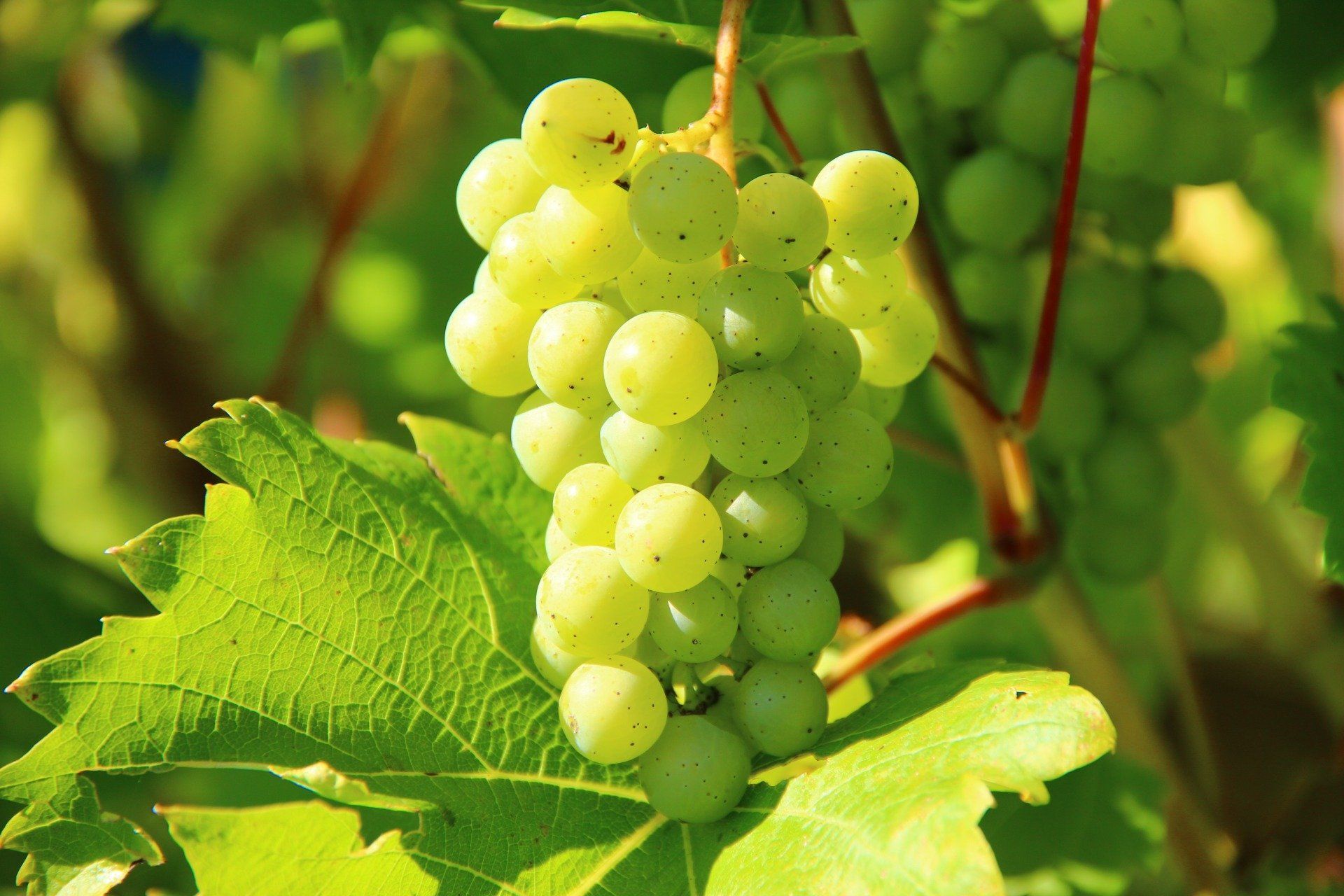Are wines in heavy bottles better than those in lighter weight bottles?
What do you think when you pick up a heavy wine bottle? The wine must be a good quality one? What about a lighter wine bottle? Is it a cheap bottle of wine from the supermarket?
But are wines in heavy bottles actually better than those in lighter weight bottles?
It seems obvious, but the purpose of a wine bottle is to ensure the wine can be safely transported and stored. Its purpose isn’t to make a statement about the quality of the wine inside the bottle.
The reality is that wine can be safely transported in a light glass bottle or a heavy one. And it can age just as well in a light bottle as a heavy one.
But there is a perception among some wine drinkers that wines in heavier bottles are somehow better quality. So, if producers want to produce a wine in a higher price range, they may feel the pressure to use a heavier bottle to persuade consumers that their wine is a good quality one.
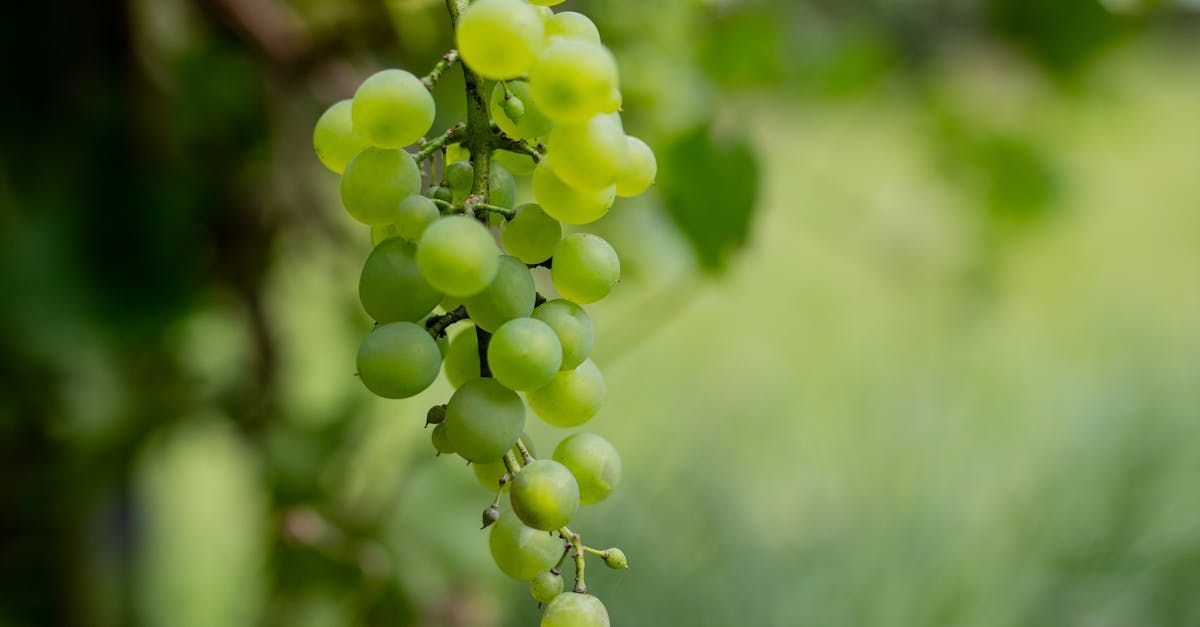
But times are changing.
There is no need for a good quality wine to be in a heavier bottle than a cheaper wine.
(Although sparkling wines do need a significantly heavier bottle, because of the secondary fermentation in the bottle which produces the bubbles of carbon dioxide. To withstand this pressure, the bottle needs to be sturdy.)
Glass bottles are the biggest source of carbon emissions in the wine supply chain. And heavier bottles have a bigger carbon footprint. Reducing the weight of wine bottles is a quick win for producers in terms of their sustainability.
The average empty wine bottle weighs about 500g. But there are still some wines on the market in a bottle weighing almost 1kg.
The heavier the wine bottle, the more it costs to produce and to transport and the higher its CO2 emission. This is an even bigger issue if the bottles aren’t produced locally and the empty bottles are shipped over to producers from somewhere distant like China.
Other drinks industries, including beer, cider and soft drinks, have been working towards lighter bottles for a number of years now.
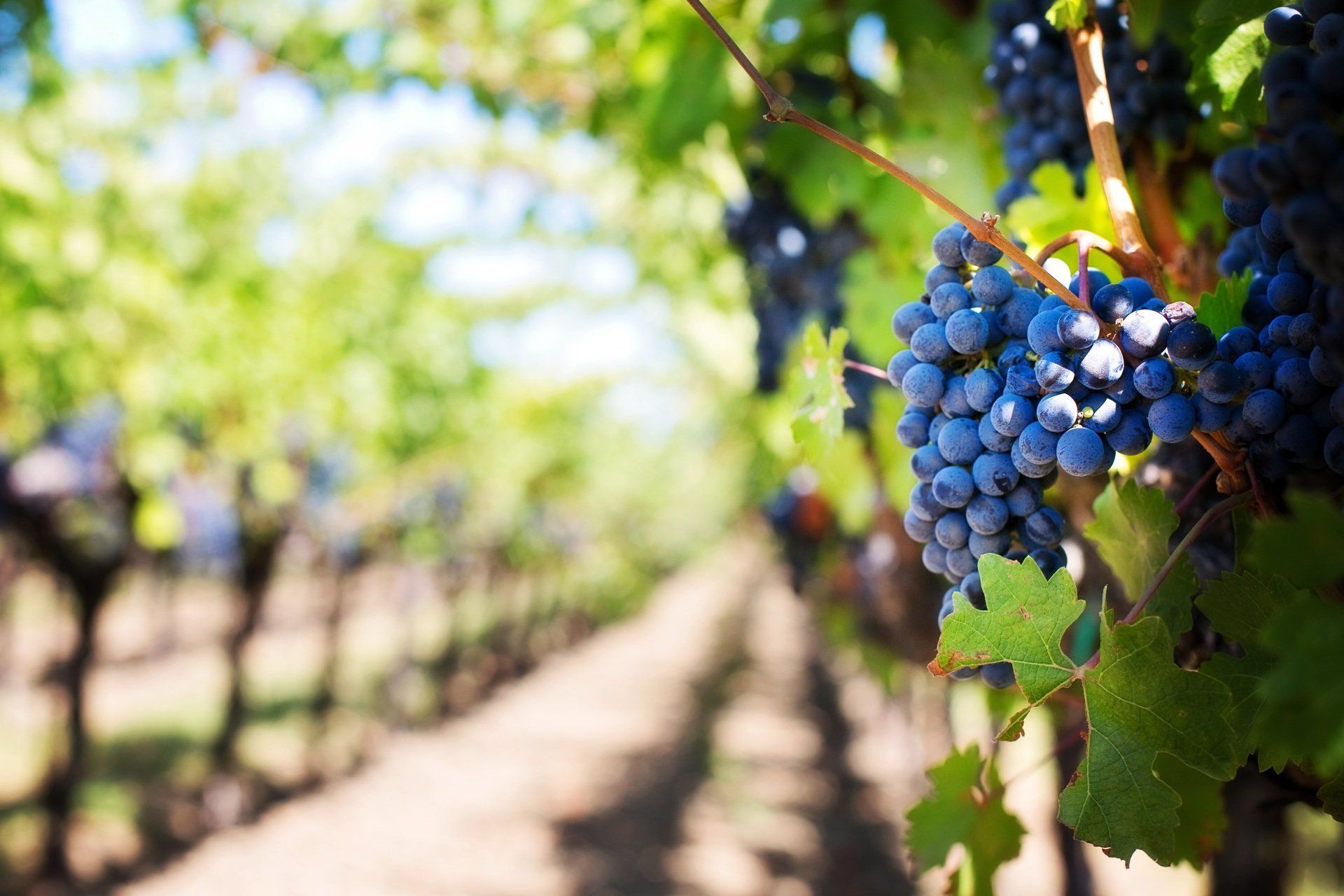
Packaging industry body Wrap says reducing the weight of a wine bottle from 500g to 300g could reduce carbon emissions, through packaging production and transportation, by about 30% for a 750ml bottle.
As costs continue to rise for energy and raw materials, a lighter bottle also makes financial sense for a producer and helps them to keep prices down for the consumer.
British supermarket chains have introduced lighter bottles for their wines (and not just their cheapest wines!), without any impact on the wine itself or increased breakages during transportation.
Could it be that a heavier bottle isn’t an indication of a better quality wine, but an indication of a producer who either doesn’t understand or doesn’t care about the environmental impact of their wine? That is not something many of today’s consumers want to see.
Drinkers, especially younger drinkers like Millennials and Gen Z consumers, will vote with their wallets. If your wine tastes good and the price is right, but so does another wine, they will opt for the one in the more sustainable bottle.
It seems that wines in heavy bottles are no better than wines in lighter bottles, so there really is no excuse for producers to continue to use them. Ultimately, if consumers start demanding lighter bottles with a lower carbon footprint, producers will have to start using them.
And if big retailers start to impose bottle weight limits on their suppliers, the suppliers will be sure to change quickly, rather than lose out on lucrative sales of their wines.
More from our blog...

